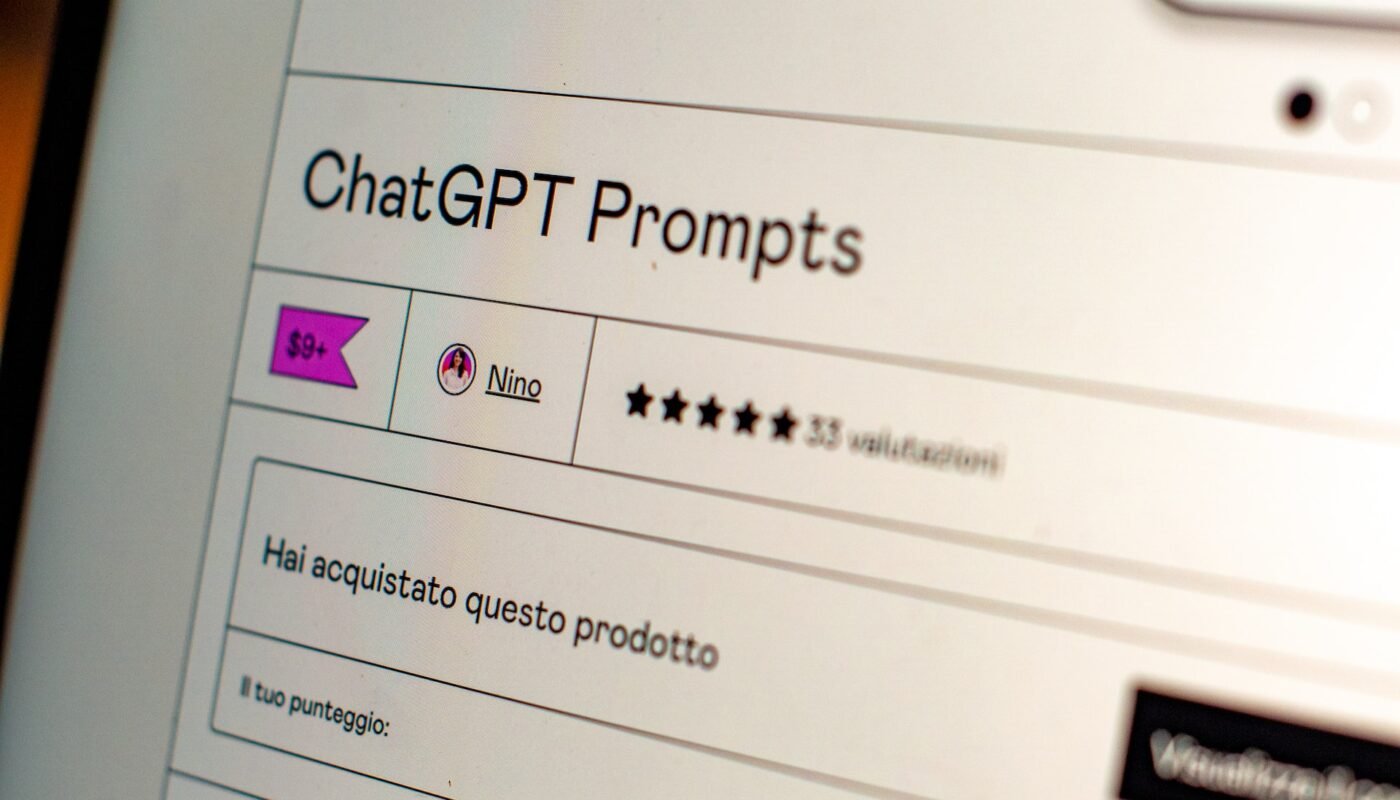Creating fresh ideas for blog posts can be challenging for a blog writer. One way to generate new and interesting topics is to work with ChatGPT, a large language model trained by OpenAI. Learning how to blog with ChatGPT can provide a wealth of information and ideas for blog posts, and there are several successful prompts that blog writers can use to get the most out of this tool.
What We Will Cover
First, Use ChatGPT to Help, Not Write Your Posts
Bloggers do not need to be concerned with search engines seeing a blog post written in part by ChatGPT. ChatGPT is a tool that bloggers can use to generate ideas, prompts, and content suggestions, but ultimately it is the blogger who writes and publishes the blog post.
Search engines like Google are designed to rank websites based on their content and relevance to the user’s search query. They do not penalize websites for using tools like ChatGPT to generate ideas or prompts for their content. Using ChatGPT can help bloggers create high-quality and informative content that is relevant to their readers, which can improve their search engine rankings over time.
However, it is important for bloggers to ensure that the content they publish is original and unique. While ChatGPT can provide useful ideas and suggestions, bloggers should not simply copy and paste the language model’s responses into their blog posts. Instead, they should use the prompts and ideas generated by ChatGPT as a starting point and then use their writing skills and expertise to create original and engaging content for their readers. Use concepts like AIDA to create posts with attention-grabbing headlines that are original.
What Are ChatGPT Prompts?

In the context of ChatGPT, prompts are text inputs provided by users that the language model uses to generate responses. Prompts can be anything from a simple question or keyword to a more complex phrase or sentence that provides context for the response.
For example, a prompt could be “Can you provide a list of 10 healthy breakfast ideas?” or “What is the best way to learn a new language?”. These prompts provide ChatGPT with the information it needs to generate a response that is relevant and informative to the user.
Prompts are an important part of working with ChatGPT because they help the language model understand the user’s intent and provide a more personalized and accurate response. By providing clear and specific prompts, users can get the most out of ChatGPT and use it as a valuable tool for generating new ideas, insights, and information.
Let’s get started:
Ask for Advice

One of the most successful prompts for working with ChatGPT is to ask for advice. Blog writers can ask ChatGPT for advice on a specific topic or issue, and the language model will respond based on its vast database of information. For example, a blog writer could ask ChatGPT for advice on how to create engaging blog posts, and the language model might suggest using attention-grabbing headlines, including multimedia content, and focusing on topics that are relevant and interesting to the reader.
Example of Ask For Advice Prompt
“What are some effective strategies for improving SEO on my blog? I want to drive more traffic to my website and improve my search engine rankings, but I’m not sure where to start. Can you provide some advice on how to optimize my blog for search engines?”
How to Blog With ChatGPT – Ask for Lists
Another successful prompt for working with ChatGPT is to ask for lists. Blog writers can ask ChatGPT to provide a list of ideas or suggestions on a specific topic, and the language model will generate a list of items based on its knowledge of the subject matter. For example, a blog writer could ask ChatGPT to provide a list of tips for improving productivity, and the language model might suggest using time-blocking techniques, minimizing distractions, and taking breaks throughout the day.
Example of Ask For List Prompt
“Can you provide a list of 10 budget-friendly meal ideas for students? I’m a college student on a tight budget and I’m looking for some easy and affordable meal options that I can make at home. I would appreciate any suggestions you can offer.”
Ask for Explanations

Blog writers can also use ChatGPT to get detailed explanations on complex topics. By asking ChatGPT to explain a topic in simple terms, blog writers can better understand the subject matter and create more informative and engaging blog posts. For example, a blog writer could ask ChatGPT to explain the concept of blockchain technology. The language model might provide a detailed explanation of how it works, its benefits and drawbacks, and its potential applications in various industries.
Example of Ask For Explanations Prompt
“I’m interested in learning more about the concept of mindfulness. Can you explain what mindfulness is and how it can be practiced in daily life? I’m looking for a simple explanation that I can share with my readers.”
How to Blog With ChatGPT – Ask for Comparisons
Another successful prompt for working with ChatGPT is to ask for comparisons. Blog writers can ask ChatGPT to compare two or more topics or concepts, and the language model will provide a detailed analysis of their similarities and differences. For example, a blog writer could ask ChatGPT to compare traditional marketing methods with digital marketing methods. The language model might highlight the benefits and drawbacks of each approach and provide insights into how businesses can use both strategies reach their target audience.
Example of Ask For Comparisons Prompt
“Can you compare the benefits and drawbacks of buying a new car versus a used car? I’m trying to decide whether to purchase a new or used vehicle, and I would appreciate a detailed analysis of the pros and cons of each option.”
Ask for Predictions

Finally, blog writers can use ChatGPT to predict future trends or developments in their industry. By asking ChatGPT to predict the future of a specific topic, blog writers can gain valuable insights into upcoming trends and developments and create blog posts that are informative and relevant to their readers. For example, a blog writer could ask ChatGPT to predict the future of e-commerce. The language model might suggest that more businesses will move to online sales and that virtual and augmented reality will become increasingly important in the e-commerce space.
Example of Ask For Predictions Prompt
“What do you think will be the future of remote work? With many companies adopting remote work policies due to the COVID-19 pandemic, I’m curious to know what the future holds for this trend. Can you make any predictions about how remote work will evolve in the coming years?”
Video: How To Write a ChatGPT Blog Post (and Rank in 24 Hours)
Final Thoughts on How to Blog With ChatGPT
ChatGPT is a valuable tool for blog writers looking for new and interesting ideas for their blog posts. By using prompts like asking for advice, lists, explanations, comparisons, and predictions, blog writers can get the most out of this powerful language model and create blog posts that are engaging, informative, and relevant to their readers.




